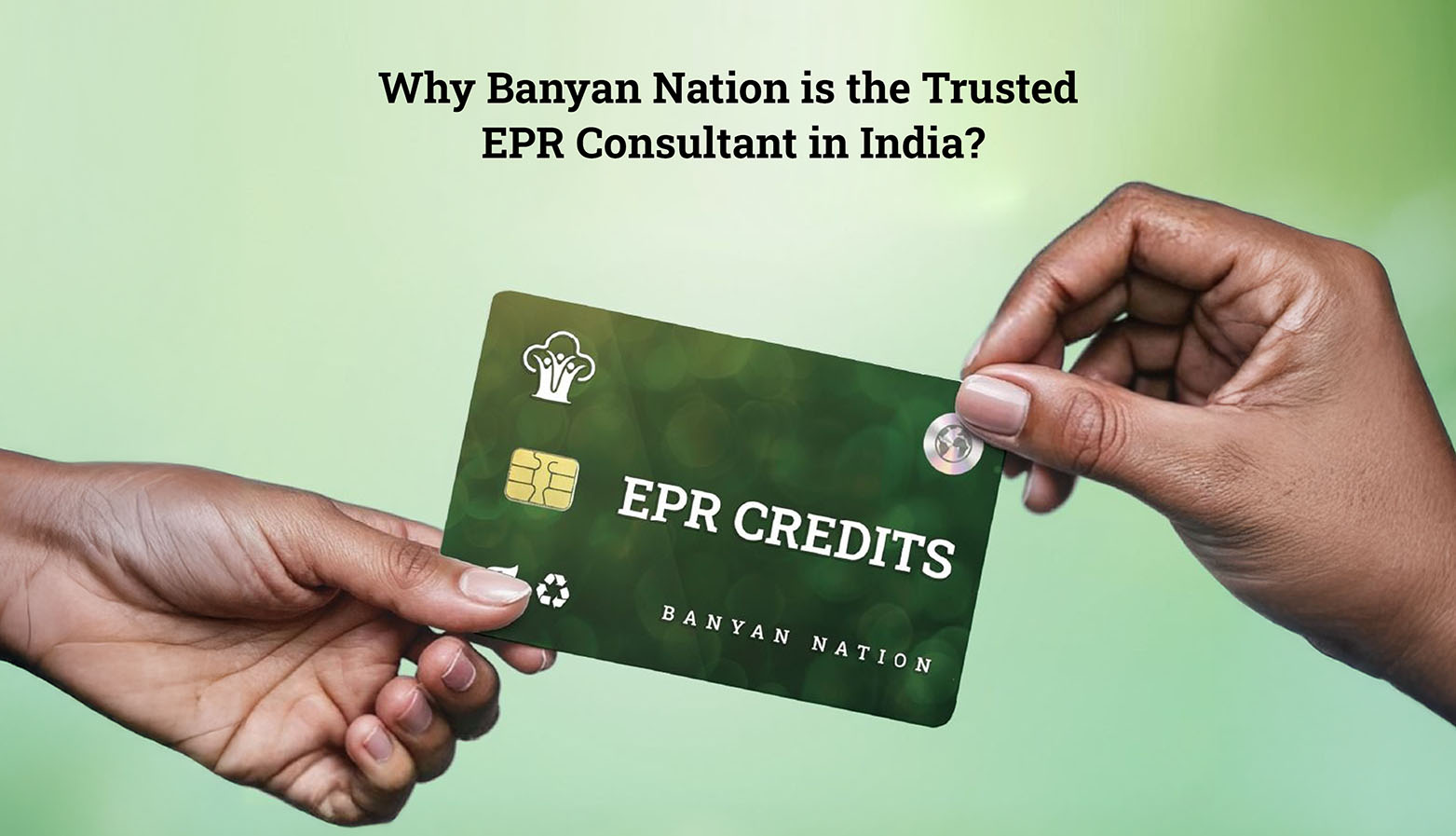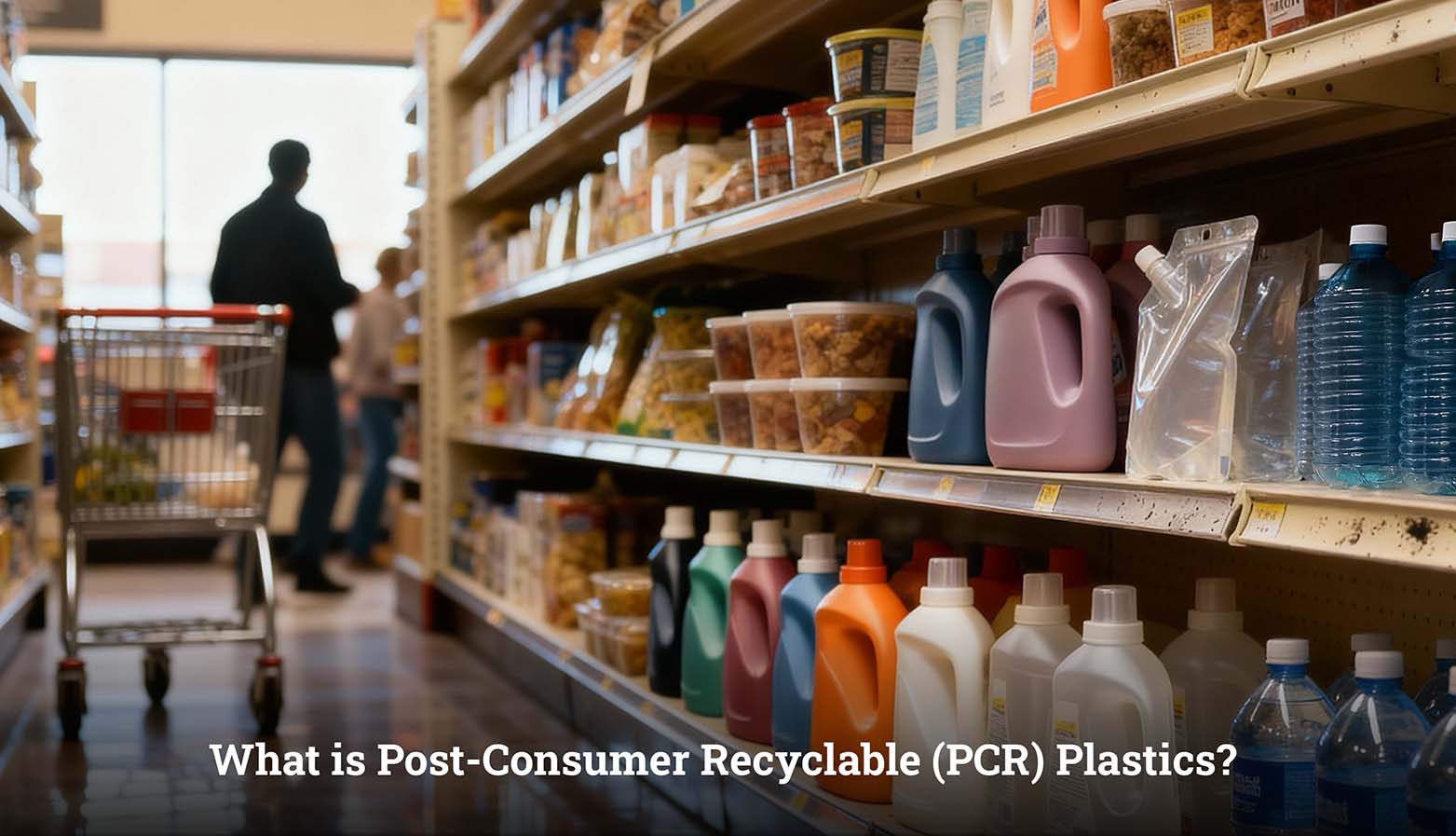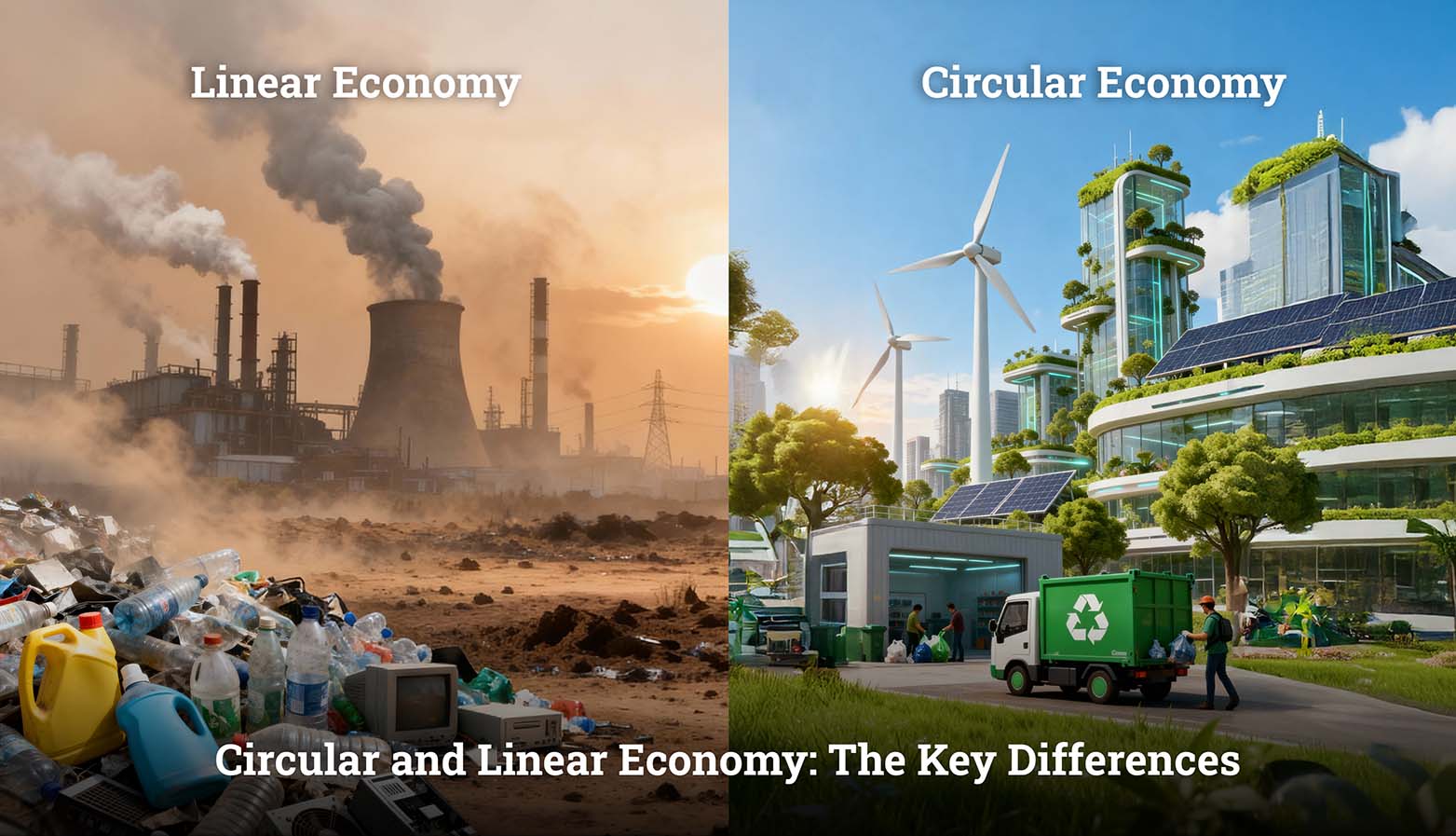Recycling and upcycling both suit the purpose of helping conserve resources, improving waste management practices and overall reducing the negative impact that waste generation has on the environment. Recycling is the process of breaking down and processing used materials to make new products or raw material, whereas upcycling serves the purpose of creatively reusing items to give them a new life, sometimes with higher value. It is important to know the difference between upcycling and recycling so consumers, producers and manufacturers can work towards reducing the amount of waste generated, educating stakeholders and reducing the overall impact on the environment.
When discussing upcycle vs recycle concepts, it’s worth distilling the benefits of both processes. Certain materials are accepted for recycling, while others are better suited through an upcycling process as the original shape is preserved. Both recycling and upcycling contribute to eco-friendly and sustainable practices. In the upcycle vs recycle discussion, the fact remains that upcycling provides individuals with unique items, whereas recycling usually provides standardized, repurposed items (or in some cases, industrialized). The decision to differentiate between upcycling and recycling depends largely on the type of material the required material output and the environmental impact.
What is recycling?
Recycling is an industry used process in which waste items and materials are broken down for reuse. Recycling takes the original product, sorts it and processes it to create new raw materials, the raw material can then be used back in the manufacturing process into new products.The reduce, reuse, recycle concept completes a loop and plays an important role in the circular economy. The new product can be exactly the same as the original product or the raw material produced through recycling can be used for the manufacturing of a different product. For example, glass bottles can be manufactured from recycled glass while the glass from the bottle can also be recycled and incorporated into other products.
Examples of recycling
When materials reach the end of their lifespan, many can be repurposed through recycling, transforming waste into valuable resources for new uses. Anything you put in your household recycling bin is recyclable too. Recycling examples from households can vary from glass bottles, jam jars, plastic homecare bottles, detergent bottles to high-volumes of cardboard and food packaging from restaurants and deliveries.
Here are some more recycling examples:
1. Plastic Recycling:
Plastics are of several types, some of which are recyclable. Once the plastic is recovered, it is sorted by type, crushed, and melted down into pellets, which are used as raw material in the manufacturing of new products. Bottle to bottle recycling is a popular concept of plastic recycling.
2. Cardboard and Paper Recycling :
Paper and cardboard can be recycled into newspapers, magazines, brochures, delivery boxes, greeting cards, and corrugated cardboard.
Another noteworthy example of recycling are thermoplastics. Most thermoplastics can be broken down and remanufactured into new product.Thermoplastics are often a top choice in the packaging industry because they can be heated, reformed and recycled.
Benefits of Recycling
The importance of recycling is multifaceted. Here are several advantages of recycling and its positive environmental effects:
• Conservation of natural resources.
• Reduction of harmful environmental impacts.
• Boosting the economy through the generation of 'green' jobs.
• Conversion of waste material into reusable substances.
• Reduction of waste that accumulates in the landfills
What is upcycling?
Upcycling is the act of repurposing an item or material that no longer serves its original purpose by giving it a fresh use. It is a way of revitalizing waste into something new and useful. Upcycling can mean one of the following: either making a material reusable for its original intended use or modifying it (perhaps with other materials) into a new useful object.
Upcycling many objects or materials can often require the use of extra material, resources, or creative ideas.
Examples of upcycling
Old objects or material can be upcycled with a little creativity. You can see examples of upcycling everywhere you look, from reupholstered sofas to patched denim jackets.
Here are a few examples of upcycling techniques for common items.
1. Upcycling furniture:
covering an old sofa, painting a chest of drawers, or using empty crates to make a coffee table.
2. Glass bottles:
Lamps can be made by taking an empty liquor bottle or a tall glass bottle, cleaning them then drying them out, filling them with battery-powered light strings to make a table lamp out of it.
3. Planters:
Herbs or small plant planters can be made through the use of a wooden pallet. The wooden pallet can be turned to its side and attached to a wall or fence with a base on the bottom.
Benefits of upcycling:
Upcycling is a concept that is gaining importance and is now very commonly practiced. The following are some of the many benefits of upcycling:
• Direct reduction in landfill waste.
• Positive environmental impact due to decreased consumption of new raw materials.
• Spurring economic development through the creation of new markets for upcycled goods.
• Stimulation of creativity and innovation.
What are the major differences between upcycling and recycling?
Upcycling and recycling both involve a sustainable and environmentally conscious approach to dealing with waste. A major difference between upcycling and recycling is that upcycling focuses on creative reuse and upgradation of the existing materials, whereas the process of recycling and recycling centers tend to focus on industrial processing, for example bottle-to-bottle recycling. Whether to upcycle vs recycle can depend on the material type you are dealing with, how much quantity is present and the final output required.
Below are points to differentiate recycling vs upcycling, so you can decide make the right decision about waste processing through recycling or upcycling:
Recycling requires breaking items down into raw materials to be used for new and different products or using the raw material back for the same product. The quality of the recycled product is often based on the processing and type of original product.The market for recycled products and materials is a large and growing market, as many materials are considered recyclable and can be turned into many different products
Upcycling attempts to keep the original products and materials in use and circulation, as long as possible. Upcycled products have limitations since they must be used as is, so demand is lower.
When to choose Recycling vs Upcycling
A thorough understanding is needed on recycling vs upcycling when choosing the “best”. Here’s a breakdown of when to consider each:
When to choose recycling
- For easily broken down and reformed materials: Recycling makes sense for materials such as plastic, aluminum, glass, and even some types of paper that can be recycled several times without significant loss of quality.
- When dealing with bulk waste: Recycling can play an important role in helping process larger amounts of material in an efficient manner.
- For materials that will degrade with re-use: Continual use of certain materials (e.g. paper or plastic) will reduce the quality of the material with each “reuse”. Recycling of these materials into products such as corrugated boxes or plastic bottles provide an alternate high value use. Thermoplastics are an example of a type of plastic that can be recycled often.
When to choose upcycling
- Value addition to old items: upcycling can add value or beauty to an item, or make it more aesthetically pleasing.
- Creativity and innovation: Upcycling encourages outside of the box thinking.
- 3.Recognition of a previously treasured item: Upcycling can be a way to reuse something of personal or emotional value, but now repurposed.
- Strengthening of the local marketplace: Many upcycled products are made by companies and individuals with the goal of growing the local economy.
Upcycle vs recycle is always a contextual decision. With these circumstances, one can decide what suits the situation and product better.
How do they work together?
Upcycling and recycling have complementary roles in Plastic waste management and in the roles they play in sustainability. In cases where processing of the material and breaking down the item to a raw material is not ideal, reuse through upcycling can be a better alternative.
Recycling plays an essential role for brands and manufacturers looking to reduce raw material procurement costs and looking to contribute to a circular economy. Upcycling gives individual items (often creatively) a longer life, while recycling extends the effective life of the materials that were used to create an item. In other words, upcycling and recycling are two comprehensive methods for achieving waste reduction and sustainable resource utilization.
Conclusion
Choosing between upcycle vs recycle isn’t always a straightforward decision, as it depends on the material and the output. Understanding the difference between upcycling and recycling can aid in making informed choices about waste management and sustainable practices.One of the biggest considerations for businesses to use recycling can be the large industrial scale processing of waste,which is a limitation with upcycling. For a more sustainable future that considers resources, a thorough evaluation of upcycling vs recycling should be considered.
FAQ's
Can I upcycle products that are not recyclable?
Products or materials that can be disassembled, processed or recycled may end up in the environment or in a landfill. Upcycling often allows such products to continue its life cycle by being repurposed with a new use. The upcycling process is dependent upon the craft (or craftiness) as well as the amount of material you have to work with. Be innovative with old tires, broken furniture, or even those odd plastic bits recyclers won’t take.
What is the difference between upcycling and recycling, and how can businesses incorporate both into their sustainability efforts?
The difference between upcycling and recycling comes down to the product, its end requirement and use. Businesses can work towards the creation of strong and effcicient recycling systems for materials such as paper, cardboard, and plastics. Brands looking to incorporate sustainability in their manufacturing initiatives can look at companies like Banyan Nation.
Upcycling options can also be explored through partnerships with local artists. This can be done through the transformation of manufacturing scraps into unique products depending on the type of business. By integrating both approaches, companies can reduce waste, lower production costs, and enhance their brand’s sustainability image, ultimately contributing to a circular economy.
Does upcycling cost more than recycling?
The cost of recycling vs upcycling can vary with the scale and project in particular. If an individual is engaged in small DIY upcycling projects, it can be a cheap alternative option. If you are a business upcycling many items or projects on a large scale, then there are usually specific set-up costs to consider, such as designs, labor, and cost of marketing. In regard to costs, it is often thought that recycling is cheaper because recycling has more ‘built-in’ infrastructures in regard to managing the large-scale volume of products.
Is recycling or upcycling more energy-efficient?
Upcycle vs recycle definition: Upcycling repurposes old materials into something of higher value, while recycling processes materials to create new items of similar or lesser value. Typically, upcycling tends to be a more energy-efficient approach. This is since upcycling experiences less processing than recycling. Recycling often involves melting down materials, which is extremely energy demanding compared to upcycling, which uses the materials in their current form. Encouraging responsible recycling methods, such as those employed at Banyan Nation, guarantees high-quality recyclables with a minimal negative impact on the environment.

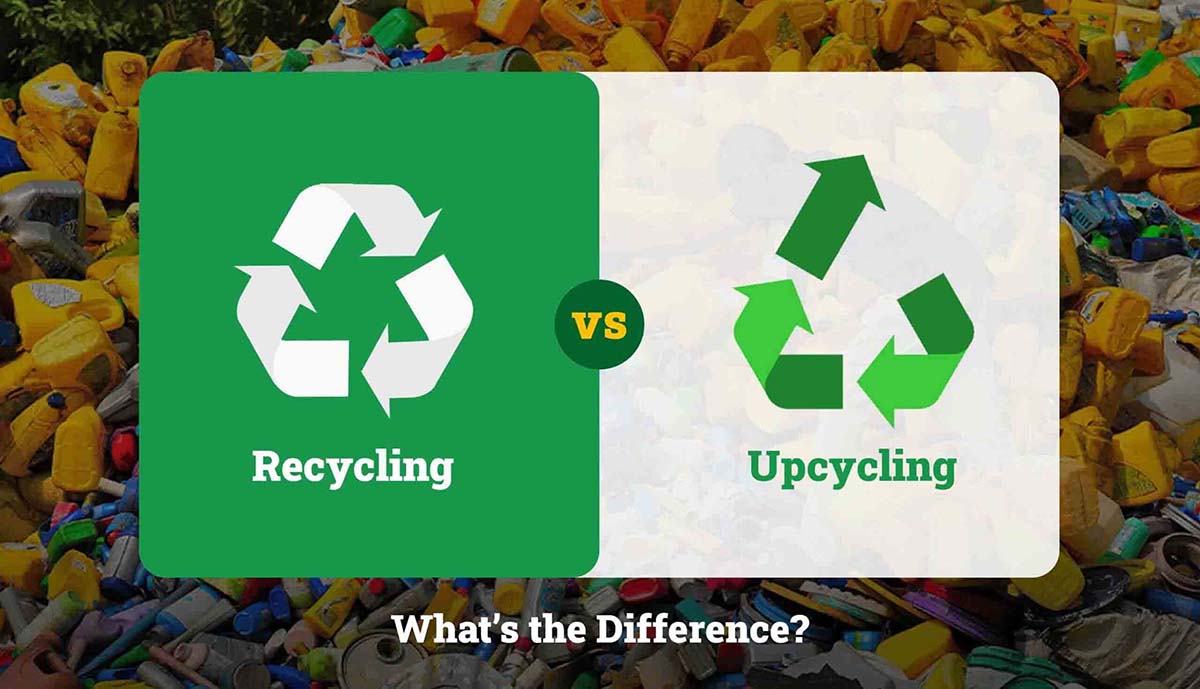
 Why Choose Banyan Nation as your EPR Consultant in India?
Why Choose Banyan Nation as your EPR Consultant in India?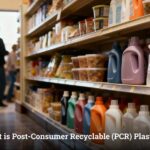 What is Post-Consumer Recyclable (PCR) Plastic?
What is Post-Consumer Recyclable (PCR) Plastic?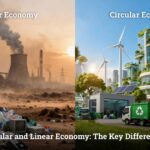 What is the Difference Between Circular Economy & Linear Economy
What is the Difference Between Circular Economy & Linear Economy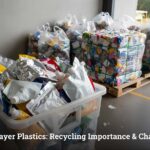 Why Recycling Multi-Layer Plastics is Important?
Why Recycling Multi-Layer Plastics is Important?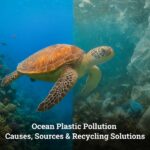 How Recycling Can Help Reduce Plastic Pollution in the Ocean
How Recycling Can Help Reduce Plastic Pollution in the Ocean